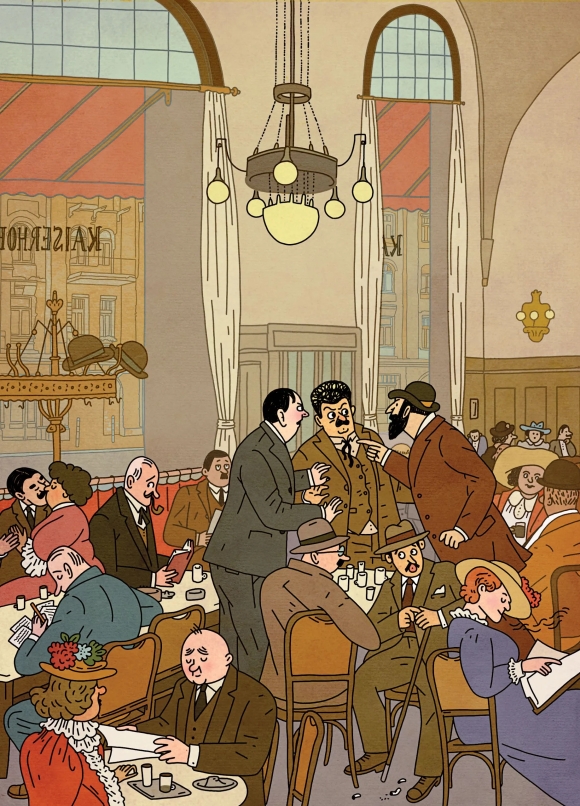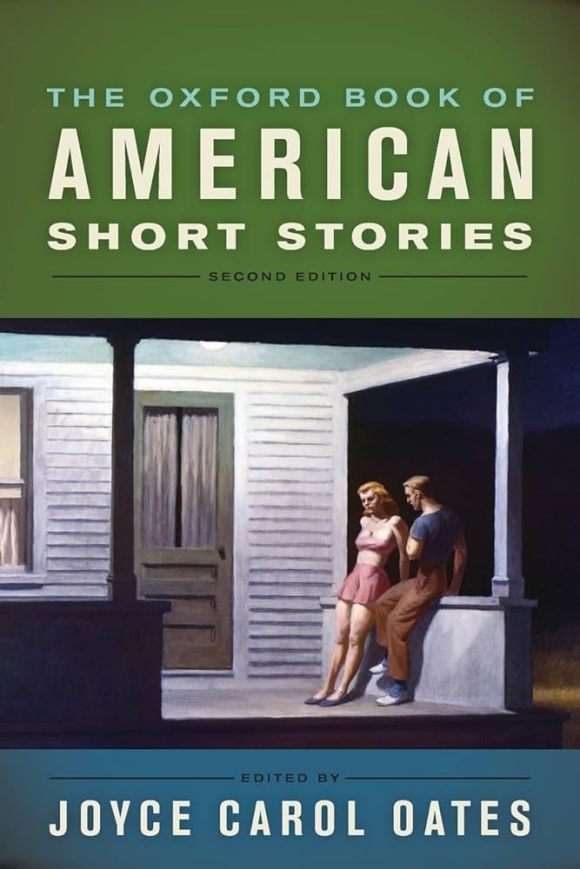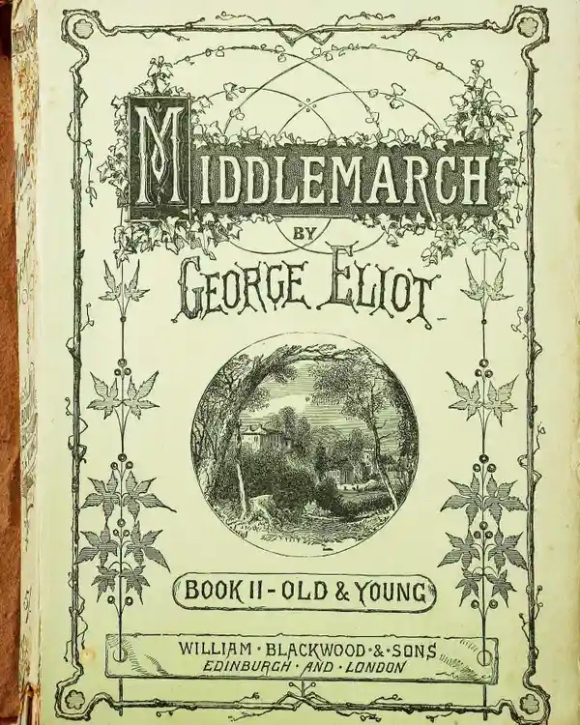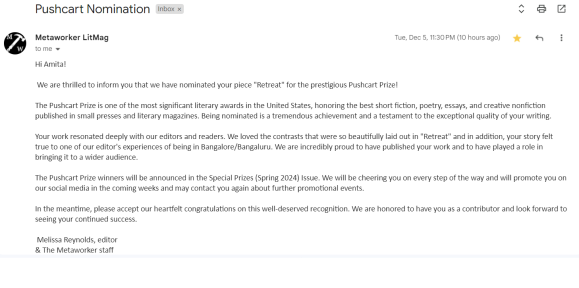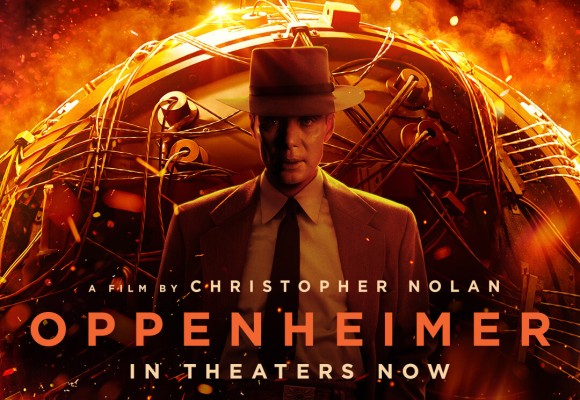Image Source: https://www.britannica.com/topic/Bleak-House
I’m about halfway through Dickens’s Bleak House. This is a partial review, written as a comparison of Bleak House to Dickens’s body of work.
Bleak House (1852) was the ninth of Dickens’s fifteen novels, counting the unfinished Edwin Drood. In several respects, Bleak House is a very Dickensian novel:
Littered with characters.
Halfway through the book (p 468/1055), I’m still meeting new characters. I’m beginning to be overwhelmed, and to wish this book listed its Dramatis Personae. The network of relationships and motivations is dizzying, though I see the highways, and a few avenues.Typically for his later work, the novel is structured like a mystery: though by content and concern BH is not primarily a mystery novel. Also typical is the mechanics of how Dickens structures his plot as a mystery:
Characters are introduced in clusters: a family here, a professional connection there, a neighbourhood in London intensely distinguished. Discrete clusters, introduced in successive chapters, are minding their own business, with perhaps a stray name from another chapter linking this cluster with another. It’s up to the reader to keep the threads straight in his hand, and weave them into a cohesive fabric.
Again typically, the novel’s world is built in a small-worlds scheme: each small cluster is linked to one or more distant clusters via one cluster-member.
BH’s concern, in common with most of Dickens’s work, is human document and social commentary. Its content is a broad sweep of contemporary London animated by a dazzling array of characters. Their scurrying lives dramatise a network of themes equally dense.
It’s the good people who’re least credible.
All we know of the good people is that everyone likes them, they’re always looking for ways to do a small quiet kindness, they have no eccentricities, and of course they like each other. This is how Dickens characterises his good people, especially his good women: by not characterising them (all we know of Ada Clare is that one of the two narrators, herself established as a good woman, immediately upon meeting Ada considers her ‘my darling’). The Victorians, and Dickens in particular, prized domesticity. It’s no surprise that, in Dickens’s view, for a woman, virtue is not so much what one does, as what one doesn’t do.
Immediately I must add that this characterisation of Dickens’s good women is an unfair and interested generalisation: our aforementioned narrator, Esther Summerson, is no pallid stay-at-home. She’s a student and a teacher, active and well-organised, understands the affairs and characters of the people around her, and is assertive when she needs to be. Note, also, that the flatness of Dickens’s good people applies equally to his men. Nicholas Nickleby, of the eponymous novel, is active: but always feels and does just the right thing: no more, no less. Ditto Samuel Pickwick and David Copperfield and all his other protagonists.
As much as any of Dickens’s novels, BH makes me wonder: Are Dickens’s characters caricatures, or credible? I’ve puzzled over this with each of his novels: counting this one, I’ll have read 10/15. Here’s my position: Dickens’s characters are credible snapshots.
Dickens didn’t conceptualise characters the same way contemporary serious writers do: as studies in well-rounded, dynamic people. Each of Dickens’s characters can be easily caricatured. In Bleak House: Esther Summerson, the sensible do-gooder who knows that charity starts at home; Richard Carstone: the young man of great promise, but no steadfastness, the victim of his circumstances, bred to uncertainty; Lady Dedlock, brilliant but bored, hiding a dark secret, so glamorous that she makes no effort to mask her contempt for the hoi polloi, nor does said hoi polloi expect her to; Krook, the vampire wearing a bloodthirsty housecat on his shoulder; Grandpa Smallweed, proud of a lifetime bleeding stones dry.
Every character in Dickens has one cardinal characteristic: but that’s the point. The characters’ flatness is what justifies the largeness of his canvasses. Esther is good sense; Richard is squandered talent; Lady Dedlock is a bored femme fatale, anticipating Ibsen’s Hedda Gabler; etc. Each character typifies some trait that we’re clearly meant to emulate or abhor; illustrates one human failing; and, additionally, serves one plot function. The characters are written as documents of slivers of human life; for our convenience, Dickens often presents characters in clear contrast. E.g. in BH, we’re presented with several characters who do charity glaringly wrong, and who do it right. The latter are less conspicuous (to Dickens, the greatest good is always done quietly): but the intended contrast is hard to mass. Mrs. Jellyby spends her days organising and funding schemes for families across England to go colonise Africa: while her children are neglected, her household in a spectacular shambles, and her husband broke and near suicide. Mrs. Pardiggle is an ill-tempered woman who drags her small children around on charity visits, and donates their allowances to charitable causes; her charity consists of trespassing upon destitute families with dying babies, sick women, and alcoholic men – and exhorting them to give up their wicked ways. In contrast to these glaring examples of charity done wrong, we appreciate the positive role-models Dickens offers us: Esther, Mr. Jarndyce, Mr. George.
Dickens’s characters are not well-rounded. That’s old hat. But each of his characters is credible: for each embodies an insight about human nature. Richard Carstone is a spendthrift who typifies what behavioural economists call mental accounting: an inability to integrate the sub-accounts in one’s mental account of expenditures. Mental accounting produces irrational behaviour. Richard wants to spend £20 on new hats; Esther persuades him not to; Richard then thinks he has saved £20, and invites friends out to a lavish dinner. This kind of reasoning sounds ridiculous: but it is the same kind of imaginary “savings” by which marketers today persuade millions of consumers to buy more that we need: “Buy more, save more!”
Are Dickens’s characters flat? Yes. They’re meant to be. Each character is meant as a document of personality, as a one-leaved insight into human nature. But what a brilliant leaf that one is!
Bleak House is proving an entertaining novel. The major mysteries are becoming clear; so are their interconnections. Halfway through the novel, all the clusters in the small-world setup have (I hope) been established; now we’ll see the links between the clusters deepen and come into the light.
Enter your email ID for weekly updates about new articles and stories.

